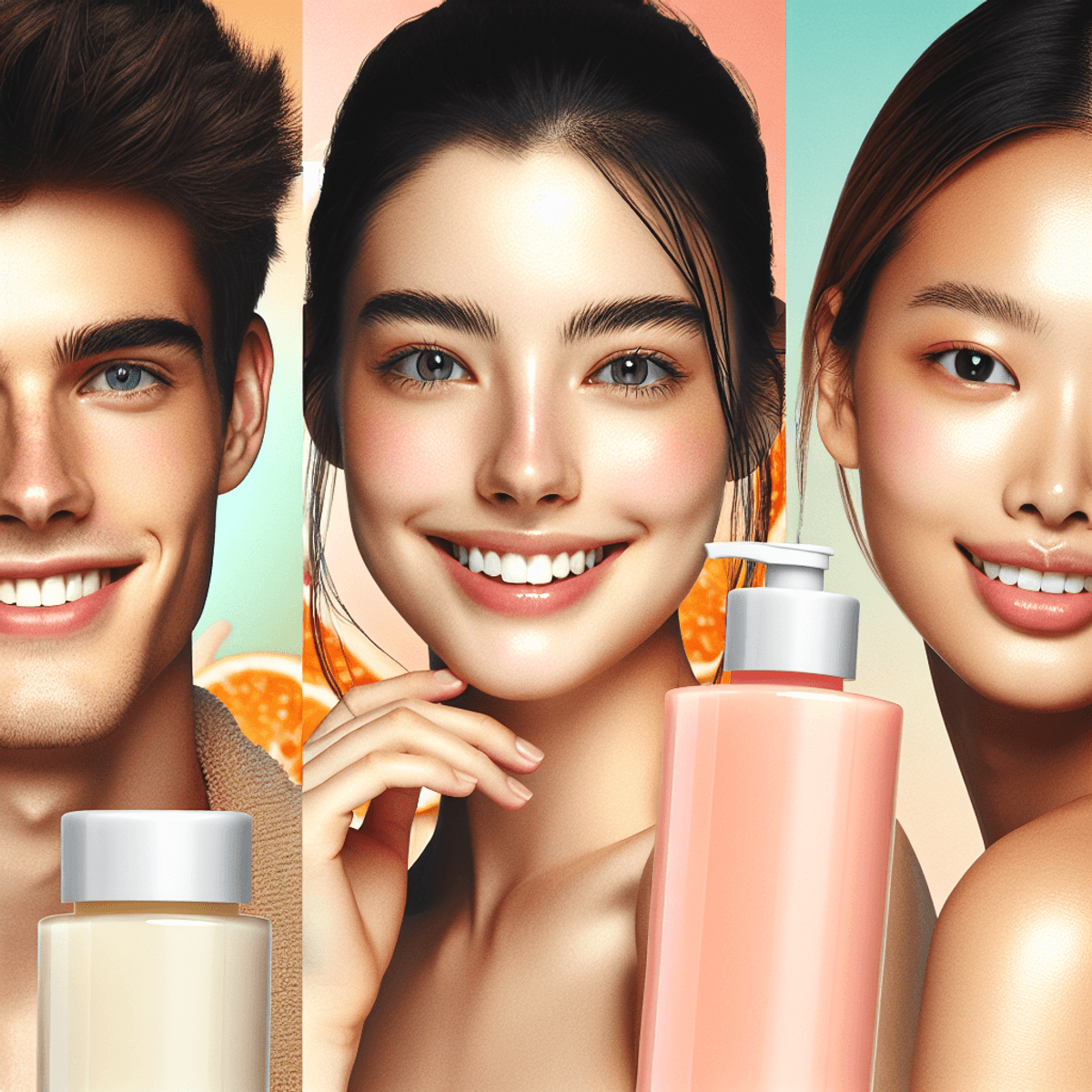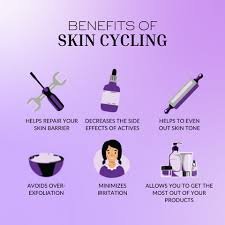How to Get Rid of Pimples

Introduction
Pimples are a common skin issue that can affect anyone, regardless of age, and they can have a big impact on how we feel about ourselves. These small, red bumps show up when pores get blocked with oil and dead skin cells, often causing redness and discomfort.
It’s important to know how to manage pimples effectively if you want clear skin. By understanding what causes them and exploring different treatment options, you can take charge of your skincare routine and feel more confident. This guide will show you various ways to get rid of pimples quickly and effectively, covering everything from store-bought products to natural remedies.
Understanding Pimples
Understanding how pimples form is crucial for effective management. Pimples develop when dead skin cells and oil, also known as sebum, clog your pores. This blockage creates an environment where bacteria can thrive, leading to inflammation and the formation of pimples.
Key Factors in Acne Formation
- Dead Skin Cells: Normally, skin cells shed naturally. However, in some cases, they can stick together with sebum and clog pores.
- Excess Oil Production: Sebaceous glands produce oil to keep your skin moisturized. Overproduction of this oil can contribute to clogged pores.
- Bacterial Growth: The blocked pores become a breeding ground for bacteria like Propionibacterium acnes, which causes inflammation and leads to pimples.
Hormonal Changes and Acne Development
Hormones play a significant role in acne development:
- Androgens: These hormones increase during puberty, causing sebaceous glands to enlarge and produce more oil.
- Menstrual Cycle: Hormonal fluctuations before your period can trigger breakouts.
- Pregnancy and Birth Control: Hormonal changes during pregnancy or from starting/stopping birth control pills can affect your skin’s oil production.
Understanding these factors helps you find answers to questions like “how do you get rid of pimples” and “how to remove pimples naturally and permanently.” This knowledge is the first step toward achieving clear skin and knowing how to get rid of pimples on the face effectively.
Types of Pimples and Their Treatments
Understanding the different types of pimples is crucial in choosing the right treatment strategy. Here are the main types:
Whiteheads
Whiteheads form when dead skin cells, oil, and bacteria are trapped within pores. They appear as small white bumps on the skin.
Treatment:
- Salicylic Acid helps to unclog pores.
- Benzoyl Peroxide kills bacteria and reduces inflammation.
Blackheads
Blackheads occur when a pore is partially clogged, allowing some debris to escape. The exposed material oxidizes, turning black.
Treatment:
- Salicylic Acid exfoliates and clears pores.
- Retinoids help increase cell turnover and prevent clogging.
Cystic Acne
Cystic acne is the most severe form, characterized by painful, inflamed cysts beneath the skin’s surface. These often result from hormonal imbalances and can lead to scarring. For more information on this type of acne, refer to this resource on hormonal acne.
Treatment:
- Prescription Medications like isotretinoin.
- Cortisone Injections for immediate relief from swelling.
- Blue Light Therapy targets acne-causing bacteria.
Additionally, specific areas like the back can also be prone to severe forms of acne, commonly referred to as back acne.
Choosing treatments based on the type of pimple ensures a more effective approach to achieving clearer skin.
Topical Treatments for Pimples
When it comes to managing pimples, over-the-counter topical treatments can be highly effective. These treatments often contain active ingredients like benzoyl peroxide, salicylic acid, and tea tree oil.
Benzoyl Peroxide
Benzoyl peroxide is a common ingredient in many acne treatments. It works by killing bacteria that cause inflammation and by drying out the pimple.
- Recommended Concentrations: Typically available in concentrations ranging from 2.5% to 10%.
- Application Tips: Start with a lower concentration to see how your skin reacts. Apply a small amount directly on the pimple once or twice daily.
- Potential Side Effects: May cause dryness, redness, and peeling. It’s advisable to use a moisturizer to counteract these effects.
Salicylic Acid
Salicylic acid is another popular choice for treating pimples. It helps by unclogging pores and gently exfoliating the skin.
- Recommended Concentrations: Often found in concentrations between 0.5% and 2%.
- Application Tips: Apply to affected areas after cleansing your face. It’s generally safe for daily use.
- Potential Side Effects: Can cause mild stinging or irritation, especially if you have sensitive skin.
Tea Tree Oil
Known for its antibacterial properties, tea tree oil is a natural remedy that can be quite effective against pimples.
- Application Tips: Always patch-test before full application to ensure no allergic reactions. Dilute tea tree oil with a carrier oil (like coconut or jojoba oil) before applying it directly to the skin.
- Potential Side Effects: May cause irritation or allergic reactions in sensitive individuals.
General Tips for Using Topical Treatments
- Start Slow: Begin with lower concentrations to assess how your skin reacts.
- Patch Test: Always do a patch test, particularly with new products like tea tree oil.
- Moisturize: Use a non-comedogenic moisturizer to prevent dryness and peeling.
- Consistency is Key: Regular application as directed will yield better results compared to sporadic use.
By understanding the benefits and potential downsides of these topical treatments, you can make informed choices about which products will best suit your skincare needs.
Natural Remedies for Pimples
When looking for natural ways to treat pimples, ingredients like aloe vera gel and green tea extract offer effective solutions. These remedies work by reducing inflammation and fighting bacteria associated with acne.
Aloe Vera Gel
Aloe vera gel is known for its soothing and anti-inflammatory properties. It comes from the aloe plant and can help reduce redness and swelling caused by pimples.
How it works
Aloe vera contains compounds like polysaccharides and gibberellins that promote skin healing and fight bacterial infections.
Application method
Apply a thin layer of pure aloe vera gel to the affected area twice daily. Make sure the skin is clean before applying.
Benefits
Aloe vera gel helps in reducing pimple size, relieving discomfort, and promoting faster healing. Its moisturizing properties also prevent excessive dryness.
Green Tea Extract
Green tea extract is another powerful natural remedy. It’s rich in antioxidants that help control sebum production and reduce the severity of pimples.
How it works
The polyphenols in green tea have antibacterial properties that target acne-causing bacteria. They also help in reducing inflammation.
Application method
Brew a strong cup of green tea, let it cool, and use a cotton ball to apply it to the affected areas. Alternatively, look for skincare products containing 2-3% green tea extract.
Benefits
Regular application of green tea extract can lead to fewer breakouts, reduced oiliness, and overall improved skin texture.
Combining Natural Remedies
Using these natural remedies along with other skincare practices can make them work better:
- Aloe Vera & Tretinoin Cream: Applying aloe vera gel before using tretinoin cream can help reduce potential irritation.
- Green Tea & Essential Oils: Mix a few drops of essential oils like tea tree oil with green tea extract for an extra antibacterial boost.
Using natural remedies like aloe vera gel and green tea extract can be a gentle yet effective way to manage pimples. These treatments not only address the immediate concerns but also contribute to overall skin health.
Advanced Treatment Options for Persistent Acne
Dealing with persistent acne often requires more than just standard over-the-counter treatments. Professional interventions provide quick relief and target stubborn pimples effectively.
Cortisone Injections
Cortisone injections are a popular choice for treating deep, painful cystic acne. Administered by dermatologists, these injections contain a corticosteroid that helps reduce inflammation and swelling almost immediately.
- How It Works: The corticosteroid works by suppressing the immune response and reducing inflammation in the treated area.
- Expected Results: You can see noticeable improvements within 24-48 hours, making it an excellent option for urgent situations like upcoming events.
Blue Light Therapy
Blue light therapy is another advanced treatment designed to tackle persistent acne by targeting the bacteria that cause breakouts.
- How It Works: This therapy uses specific wavelengths of blue light to penetrate the skin and kill Propionibacterium acnes, the bacteria responsible for acne.
- Expected Results: With consistent treatment sessions, you can expect a reduction in acne severity and fewer breakouts over time. Blue light therapy is generally painless and has minimal side effects.
Both cortisone injections and blue light therapy offer targeted approaches to dealing with stubborn pimples, providing quicker results compared to conventional methods. Always consult a dermatologist to determine which treatment is most suitable for your specific needs.
Lifestyle Considerations for Acne Management
Effective pimple management isn’t just about topical treatments and professional interventions. Your lifestyle choices play a crucial role in maintaining clear skin.
Importance of Lifestyle Choices
Daily habits can significantly influence your skin’s health. Elements such as diet, stress levels, and even sleep patterns contribute to the overall condition of your skin. Recognizing these factors and making conscious adjustments can yield noticeable improvements.
Stress Management Techniques
Stress is a known contributor to acne flare-ups. Elevated cortisol levels during stressful periods can increase oil production, leading to clogged pores and pimples. To counteract this:
- Practice mindfulness: Techniques like meditation, yoga, and deep-breathing exercises can reduce stress.
- Regular physical activity: Exercise not only helps manage stress but also increases blood circulation, promoting healthier skin.
- Adequate sleep: Aim for 7-9 hours per night to help regulate hormone levels that affect skin health.
Dietary Impact on Skin Health
What you eat has a direct impact on your skin’s condition. Certain foods can either exacerbate or alleviate acne symptoms.
Foods That May Exacerbate Acne:
- Dairy products: High milk intake has been linked to increased acne severity due to hormones present in dairy.
- High-glycemic foods: Sugary snacks and refined carbs can spike blood sugar levels, leading to inflammation and breakouts.
Foods That May Improve Acne:
- Omega-3 fatty acids: Found in fish like salmon, these can reduce inflammation.
- Antioxidant-rich foods: Fruits and vegetables high in vitamins A and E support overall skin health.
- Probiotics: Yogurt with live cultures or supplements can improve gut health, which is closely linked to skin condition.
Incorporating these lifestyle considerations into your daily routine can enhance your efforts in getting rid of pimples effectively. Balancing stress management techniques with a conscious diet provides a comprehensive approach to maintaining clear skin.
Skincare Practices to Prevent Breakouts in the First Place
Choosing the right skincare products is essential in preventing clogged pores and breakouts. Non-comedogenic products are specifically formulated to avoid blocking pores, making them a key component of any effective skincare routine.
Key Considerations in Skincare Products
- Non-Comedogenic Formulations: Look for labels that state “non-comedogenic”, which means the product is less likely to cause pore blockages.
- Oil-Free Options: Opt for oil-free moisturizers and sunscreens to reduce the risk of adding excess oil to your skin.
- Gentle Cleansers: Use gentle, sulfate-free cleansers that won’t strip your skin of its natural oils, helping maintain a healthy balance.
Recommended Non-Comedogenic Makeup Options
Selecting the right makeup products can also play a significant role in managing breakouts. Here are some recommendations:
- Foundation: Choose foundations labeled as non-comedogenic and oil-free. Brands like Neutrogena SkinClearing Liquid Makeup or Clinique Acne Solutions Liquid Makeup are excellent options.
- Concealer: Opt for non-comedogenic concealers such as Maybelline Fit Me Concealer or NARS Radiant Creamy Concealer.
- Powder: Use powder-based makeup instead of cream-based options as they are less likely to clog pores. Brands like BareMinerals Original Foundation offer good choices.
Practical Tips for Using Non-Comedogenic Products
- Patch Test: Before incorporating any new product into your routine, always perform a patch test to check for potential allergic reactions.
- Regular Cleaning: Ensure all makeup tools such as brushes and sponges are cleaned regularly to prevent bacteria build-up.
- Minimal Layers: Apply minimal layers of makeup to allow your skin to breathe better and reduce the likelihood of clogging pores.
Incorporating these practices into your daily regimen helps maintain clear skin and effectively manage breakouts. By using non-comedogenic products and thoughtful application techniques, you’re taking proactive steps towards achieving healthier skin.
Common Myths About Pimple Treatment Debunked
When it comes to treating pimples, there’s a lot of wrong information out there. Knowing what actually works can make a big difference in your skincare routine.
Myth 1: Toothpaste Can Clear Pimples
A common belief is that putting toothpaste on pimples can make them go away overnight. But in reality, the strong chemicals in toothpaste can irritate your skin and make inflammation worse.
Myth 2: Sun Exposure Helps Clear Acne
Some people think that sunlight can help get rid of acne by drying out the skin. While a little sun might temporarily reduce redness, too much exposure can damage your skin and make acne worse by increasing oil production.
Myth 3: Harsh Astringents Are Effective
Using strong astringents can remove the natural oils from your skin, causing it to produce even more oil as a response. This often leads to more clogged pores and worsening acne.
Myth 4: Popping Pimples Is a Quick Fix
Many believe that popping pimples will make them heal faster. However, this can actually push bacteria deeper into the skin, leading to more serious infections and possible scarring.
Myth 5: Only Teenagers Get Acne
Acne is often linked with being a teenager, but adults can also have this problem due to hormonal changes, stress, or other reasons. Effective treatment isn’t just for young people.
Understanding these myths helps you avoid ineffective or harmful practices. Proper knowledge equips you to make better choices for your skincare routine.
“Debunking common myths about pimple treatments helps you navigate through misinformation and adopt healthier skincare habits.”
Conclusion: Your Path to Clear Skin Starts Now!
Taking charge of your skincare journey begins with understanding the root causes and effective pimple management strategies. Equipped with this knowledge, you can tackle pimples with a holistic approach:
- Identify the type of pimple and select the appropriate treatment.
- Utilize over-the-counter topical treatments like benzoyl peroxide and salicylic acid.
- Explore natural remedies such as aloe vera gel and green tea extract.
- Consider professional treatments for persistent acne, like cortisone injections or blue light therapy.
- Incorporate healthy lifestyle choices, managing stress and diet.
Empower yourself with these insights on how to get rid of pimples and start your journey towards clearer skin today.
FAQs (Frequently Asked Questions)
What are pimples and why do they occur?
Pimples are a common skin concern caused by clogged pores due to dead skin cells and excess oil. Hormonal changes can also contribute to acne development, impacting both skin health and confidence.
What types of pimples exist and how can they be treated?
The main types of pimples include whiteheads, blackheads, and cystic acne. Understanding these types is crucial for determining effective treatment options tailored to each type’s characteristics.
What are some effective topical treatments for pimples?
Common over-the-counter topical treatments include benzoyl peroxide, salicylic acid, and tea tree oil. Each has recommended concentrations and application tips, but it’s important to be aware of potential side effects.
Are there natural remedies for treating pimples?
Yes, natural remedies such as aloe vera gel and green tea extract can help reduce inflammation and fight bacteria associated with acne. These ingredients can be applied in various ways to maximize their benefits.
What lifestyle changes can help manage acne effectively?
Lifestyle choices play a significant role in managing pimples. Stress management techniques and dietary considerations are important, as certain foods may exacerbate or improve acne conditions.
What common myths about pimple treatment should I be aware of?
Many popular myths surround pimple treatments, such as the belief that harsh astringents are beneficial. In reality, these misconceptions can do more harm than good, highlighting the importance of informed skincare practices.










